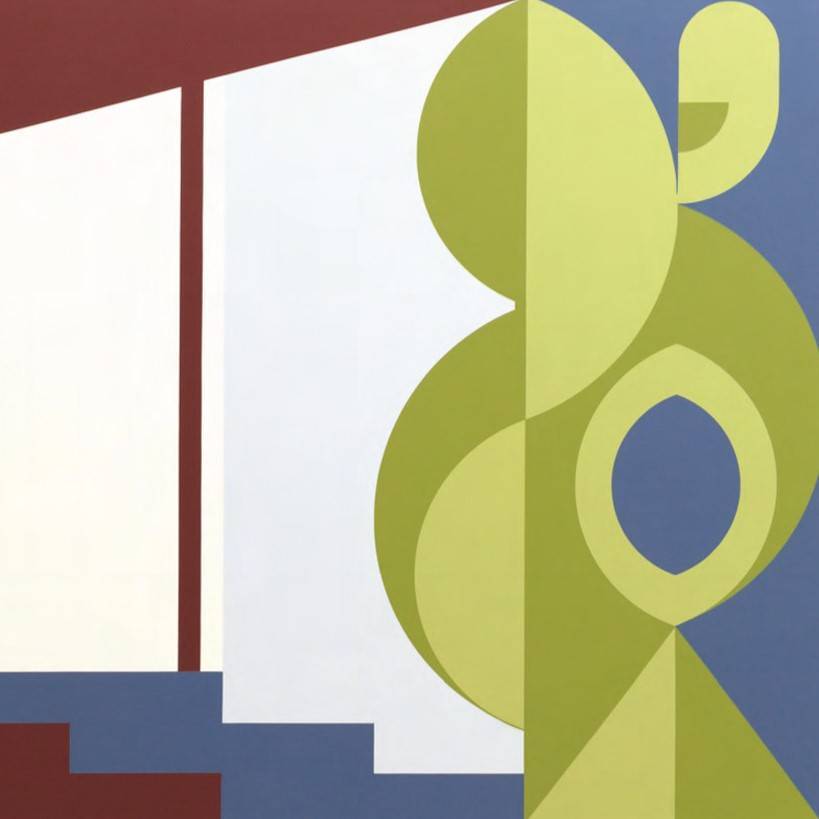Dexter Rosengrave
Words: Briony Downes
Photography: Jesse Hunniford
The work of Hobart-based artist Dexter Rosengrave often begins with a live action, where the body plays a central role. With a practice spanning performance, photography, video and painting, the remnants of these performances – marks of paint, shredded photos, broken plates – become something new: three-dimensional records of physical action.
Rosengrave’s work reflects on personal experience and interrogates constructs of identity, self and the marginalised body. Erasure, loss and removal are also key themes. “A cyclical theme for me is transformation through destruction,” Rosengrave says. “This is really central to my performance pieces,
where I typically work with destroying images or objects and grapple with their transformation. With painting, collage and sound I use cuts and edits to express the materiality of this method.”
In Letter of Resignation presented at Sydney Contemporary Presents 2020 with Hobart’s Michael Bugelli Gallery – the artist’s first outing with a commercial space – Rosengrave contributed a collection of large-scale paint- ings. Containing mostly black and white marks (the residue of gestural movements) the paintings were the result of durational performances where the artist repeatedly applied and removed paint from the surface.
Describing these works as “remnants of a body that perpetually flickers between a state of absence and presence,” Rosengrave included a series of hand-written messages composed on the backs of used receipts, flyers and notebooks scraps, emphasising the transitory nature of subjectivity.
A major influence on how Rosengrave uses their body in performance is the work of Mike Parr. Fortuitously, Rosengrave’s “quiet persistence” led to an opportunity for the two to collaborate during Parr’s 2019 Dark Mofo performance, Towards a Black Square. “I’ve always admired his ability to maintain attention to detail even in his most extreme works,” Rosengrave says. “It is this, and how he uses his body as the raw material despite sometimes inviting repulsion, that I’ve found most interesting. His vulnerability has helped me feel more confident to push myself to and beyond my limits.” In addition to collaborating with Parr, Rosengrave has also worked alongside internationally renowned performance artists Marina Abramović and Cassils.
Since graduating with a Bachelor of Fine Arts, First Class Honours from the University of Tasmania in 2018, Rosengrave has main- tained a strong focus on creative develop- ment and continues to gain recognition for their practice. The 2018 recipient of a funded Rosamond McCulloch Studio Residency in Paris, the same year Rosengrave was also awarded an ANZ & Sydney Mardi Gras Community Grant to develop their project, Body as an Archive: Tracking the Transgender Experience in Tasmania. In 2019, Rosengrave won the major prize in the Midsumma and Australia Post Art Award for their video work, The Afterimage. Currently Rosengrave is working towards large-scale commissions to be shown at the Tasmanian Museum and Art Gallery and Dark Mofo 2021.
This article was originally published in Art Collector issue 95, January to March 2021.










